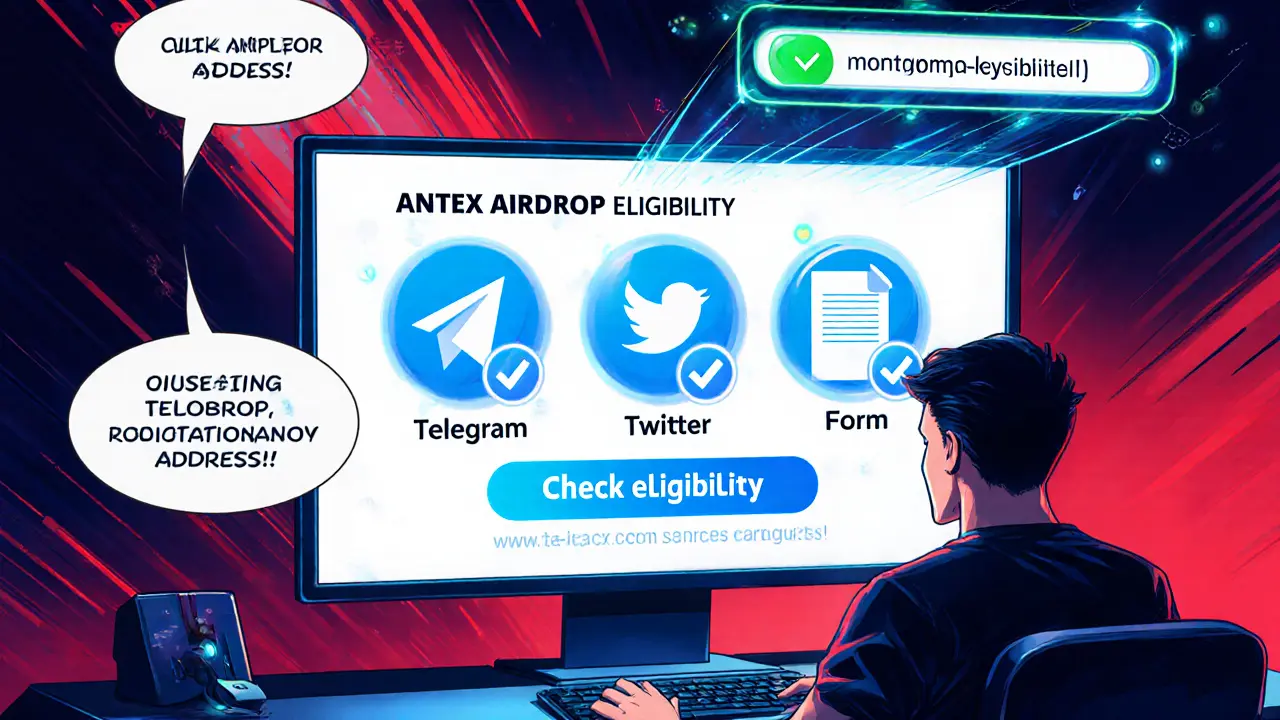ANTEX Token
When you hear about ANTEX token, a utility token built on Ethereum that powers the ANTex DeFi ecosystem. Also known as ANTEX, it aims to enable fast, cheap transactions for a range of decentralized applications. Decentralized exchange, a peer‑to‑peer platform where users trade tokens without a central authority relies on ANTEX for liquidity, while token airdrop, a distribution event that gives free tokens to eligible wallets often serves as the first touchpoint for new users. The token’s tokenomics, its supply schedule, distribution model and utility functions dictate how value flows inside the network. In short, ANTEX token encompasses tokenomics, fuels decentralized exchanges, and benefits from token airdrops, all of which shape its role in the broader DeFi landscape.
Understanding ANTEX starts with its core attributes. The total supply is capped at 100 million, with a portion reserved for community incentives, staking rewards, and future development. Its utility isn’t limited to trading fees; ANTEX also acts as collateral in lending protocols and as a governance token for protocol upgrades. Because the token lives on Ethereum, it inherits the network’s security guarantees while still offering lower gas fees through layer‑2 solutions. This blend of security and cost efficiency makes ANTEX attractive for developers building yield farming strategies, where DeFi concepts like liquidity mining and staking are central.
If you’re curious about how to get ANTEX, the most common entry point is through a token airdrop. Recent airdrop campaigns targeted early adopters, rewarding wallets that held specific partner tokens or completed simple on‑chain actions. Eligibility criteria often include a minimum balance, participation in community forums, or execution of a small swap on a supported decentralized exchange. Claiming the airdrop usually involves connecting a wallet to the project’s portal, verifying the address, and signing a transaction. Safety tips are simple: always double‑check URLs, use hardware wallets when possible, and never share private keys.
Once you have ANTEX in your wallet, the next step is to explore decentralized exchanges that list the token. Major DEXes like Uniswap, SushiSwap, and ANTex’s own native DEX provide liquidity pools where you can swap ANTEX for other assets, add to pools for fee earnings, or stake your LP tokens for extra rewards. Liquidity provision does come with risk—impermanent loss is a real factor—but the potential yield often outweighs the downside for active traders. Monitoring pool depth and fee structures helps you pick the most profitable venue.
The broader DeFi ecosystem also offers pathways to maximize ANTEX’s value. Yield farming platforms let you lock ANTEX in smart contracts that generate extra tokens, while lending protocols let you borrow against ANTEX collateral for leverage or diversification. Governance participation gives token holders a say in protocol parameters such as fee percentages or future token releases. By staying engaged with community votes, you can influence decisions that directly impact your holdings.
What You’ll Find Below
Below you’ll see a curated set of guides, reviews, and analysis that dive deeper into each of these areas. From step‑by‑step airdrop claim instructions to in‑depth DEX comparisons and tokenomics breakdowns, the collection gives you practical tools to navigate the ANTex token world. Use the resources to boost your understanding, improve your trading strategies, and stay ahead of the latest developments in the ANTex ecosystem.




